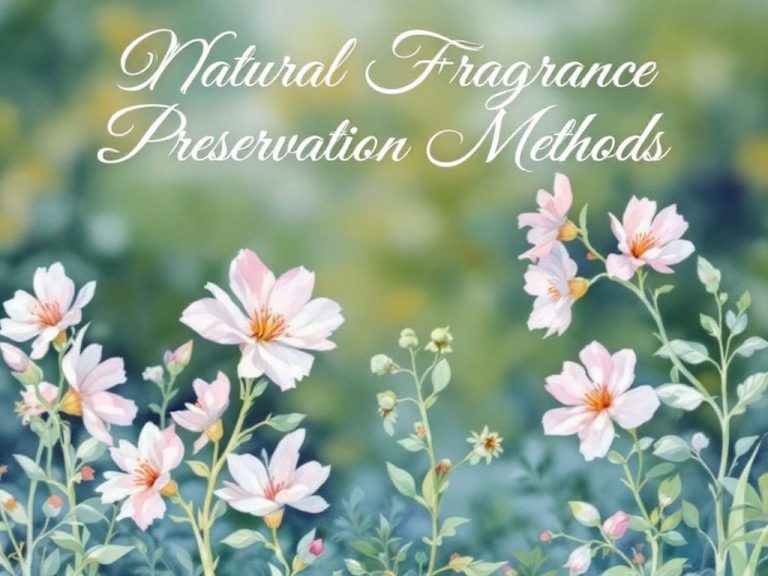
Unveiling the Secrets of Natural Perfume Oil – A Scientific Analysis
Natural perfume oils are primarily derived from plant and animal raw materials, offering a purer experience with fewer chemicals and toxins. The aroma of natural perfume oils has depth and complexity, and they’re hypoallergenic, making them a win for your skin health. The creation of natural perfume oils involves crucial methods like steam distillation, cold pressing, and solvent extraction.









